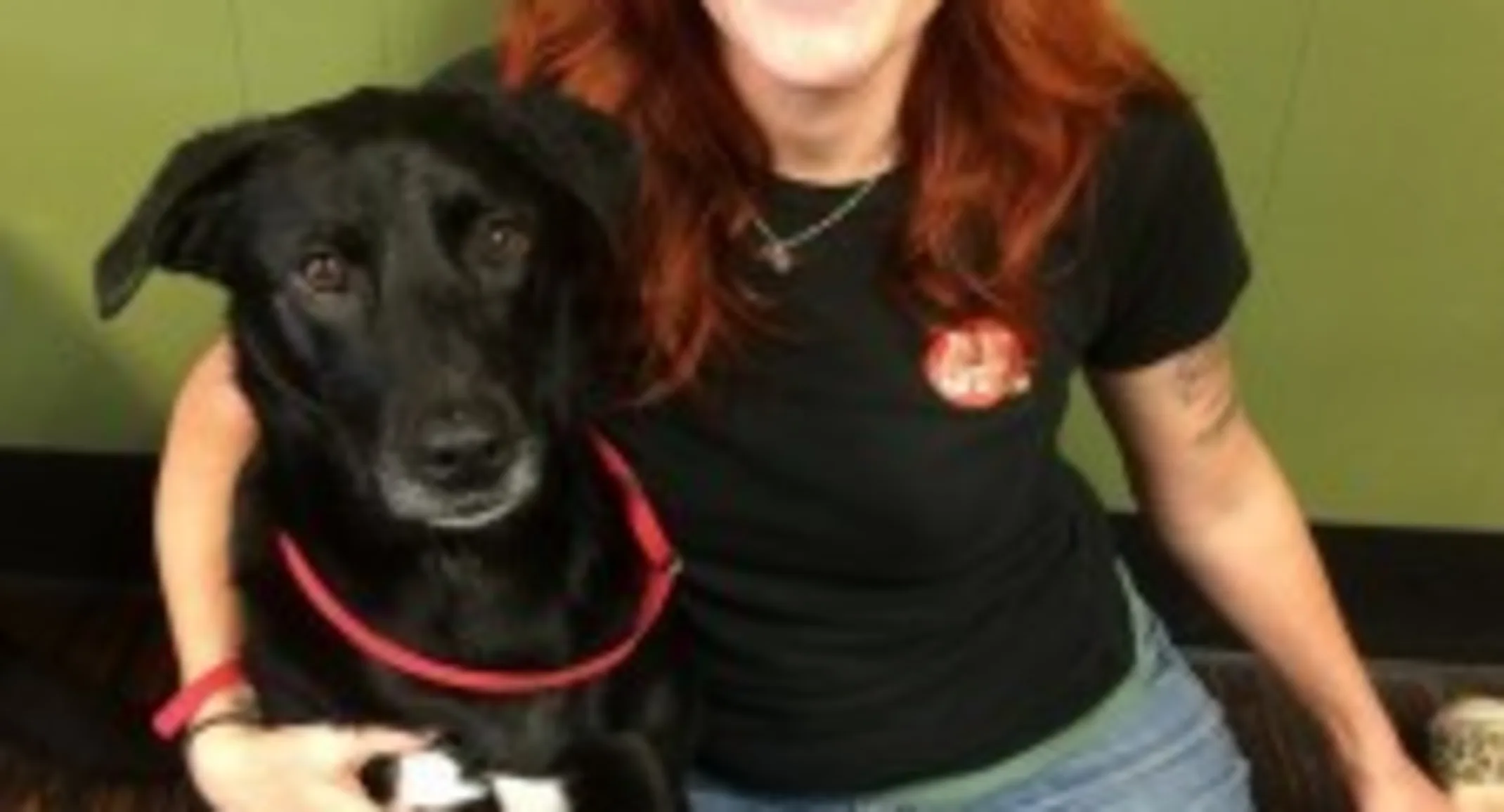How to Have a Stress-Free Vet Visit
Training Tips

You can help your pet to relax and maybe even enjoy the trip with some training and behavior conditioning. If dogs are properly trained with motivational rewards, it can help take the trauma out of going to the doctor.
The first step is to make the actual trip to the vet fun for your pup. Creating a positive experience is very important so loading up on tasty treats that he only gets when at the clinic or bringing along his favorite toy can help build a positive connection. Scheduling a fun visit where you can stop by for a little play time, treats from the staff, and some cuddles without any kind of examination taking place can be a good start. This kind of conditioning encourages your dog to see the vet clinic as a happy and fun place to visit.
If the only time your dog goes for car rides is to go to the vet then consider changing up that routine. Think about it, if the only time you got in a car was to get a shot or have a stranger poke you with a thermometer you’d have a bad attitude about travel as well, so mix it up! Start bringing him along on rides to run errands, to go to the park or even the pet store. Bringing your dog to new places with you also gives him the opportunity to become more socialized and behave appropriately around strangers.
If your dog gets stressed around other animals, consider scheduling an appointment during slow times of the day when the veterinary staff can take you and your dog right into the exam room. You may even want to consider calling 5 minutes before you arrive so they’ll be ready to escort you right into an open room.
Teaching your dog to be accustomed to being handled and examined can be done right at home by you. Occasionally touch and inspect his ears, mouth and other body parts. Remember to have some tasty treats handy to reward him for the handling or try using affection or a fun game of fetch afterwards. You can also teach your friends and family to gently handle him to reinforce the idea that no one is trying to harm him. Make sure to keep an eye on his body language to make sure that he is happy about being touched. An added bonus of having a dog that is open to handling is that the vet staff may be able to perform many diagnostic tests and therapies without the need of sedation or anesthesia.
Adopting a more relaxed and calm attitude is the easiest thing you can do and, coupled with the above tips, can really help create minimal anxiety in your dog. Since dogs are so aware of our feelings and emotions, we can often control their emotions by controlling ours. They can pick up on our anxiety through simple cues and facial expressions that we may not even be aware of. One of the best things to do is take long slow breaths, treat the vet visit like any other day, and plan ahead. Try not to reinforce anxious behavior by comforting or petting him. Instead, bring a favorite toy to help distract him.
Regular vet visits are a must for your dog and his health but they don’t have to be a stressful and fearful event. Helping him feel calmer and more relaxed is not only good for him, but will also make life easier for you and your veterinarian.
